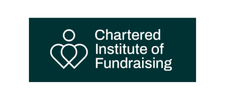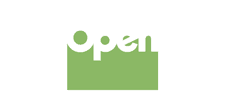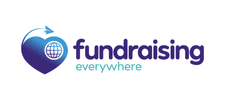The Fundraiser’s Toolbox
You know that fundraising is hard work. To be successful you need to be well equipped to take on all its challenges. At SOFII, we thought you might like some help. So we’ve put together this fundraiser’s toolbox that we’ll be filling with essential examples, formats, articles, case studies, ideas and tips that we think every fundraiser should know about.
Tutorial 6: The power of a letter
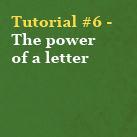
by Jerry Huntsinger
To be successful in this business, you have to recognise the power of a letter. Why? Because there are now so many people in fundraising who understand computers, finance, business management, or work flow systems. All of these skills are basic to competent fundraising organisations. But what’s happened to the letter?
Read moreTutorial 7: A funny thing happens on the way to the mailbox

by Jerry Huntsinger
A letter owes part of its power to the way in which it is delivered. Perhaps your mail is delivered to your door. Do you ever rush to the door when you hear the mail hit the floor? Or perhaps you have to walk or travel a distance to collect your mail. Do you ever feel your pulse quicken in anticipation of collecting your mail?
Read moreTutorial 8: Making the reply device work

by Jerry Huntsinger
When should you omit a reply device? Almost never! The two major exceptions are...
Read moreFundraising ethics – raise more money while keeping your donors happy. What could be simpler? Part two.
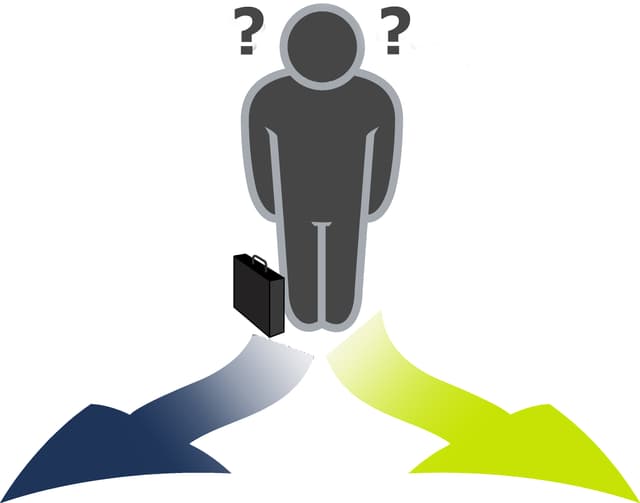
by Ian MacQuillin
In the second part of his blog on fundraising ethics, Rogare’s Ian MacQuillin looks at a couple of ethical dilemmas. The solutions are anything but black and white.
Read moreTutorial 9: The reply envelope
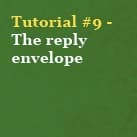
by Jerry Huntsinger
If you want to raise money – make sure you include a reply envelope. There are several decisions you need to make and each decision affects the type of package you’ll be creating.
Read moreTutorial 10: Pavlov’s dog and fundraising letters

by Jerry Huntsinger
It was an experiment that the Humane Society might object to these days. A group of psychologists, including Nobel prize-winner Ivan Pavlov, took a dog and put him in a cage, rang a bell and gave him something to eat. Then they fooled the poor animal by ringing the bell, but not giving him anything to eat. So what did he do?
Read moreTutorial 11: How to design a fundraising letter: the function of design
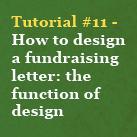
by Jerry Huntsinger
Letters are not supposed to be pretty or attractive, or large or small, or long or short, or colourful or stylish... they are supposed to be read. That’s all.
Read moreTutorial 12: Principles of layout

by Jerry Huntsinger
There are four critical principles: space importance, eye movement, right dominance, and horizontal and vertical lines.
Read moreTutorial 13: The PS – how to have the final word

by Jerry Huntsinger
Your PS is a vital selling tool – just as important as the headline. In fact, the PS is often the first and last words your donors read! Why? Human nature, I guess. A postscript arouses curiosity. It’s irresistible.
Read moreTutorial 14: How to communicate with photographs

by Jerry Huntsinger
If ‘a picture is worth a thousands words’ why do nonprofits persist in creating appeals with 2,000 words, or more, with no pictures?
Read moreFundraising ethics – raise more money while keeping your donors happy. What could be simpler? Part one.
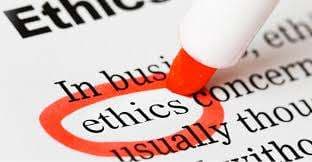
by Ian MacQuillin
How do you know what is and isn’t ethical in fundraising? Ian MacQuillin of the Rogare think tank explores this complex issue in this first of two fascinating and timely articles.
Read moreTutorial 15: Creating a chemical reaction
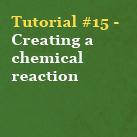
by Jerry Huntsinger
When you put a letter, a reply card, a reply envelope and an enclosure in a carrier envelope, you are mixing together five separate elements. But suddenly, when they are all in the package, you no longer have five separate items. Instead you have a chemical reaction.
Read more


